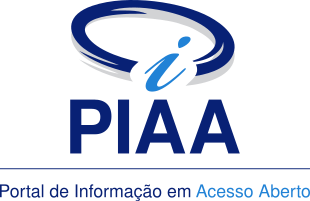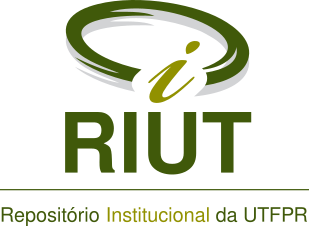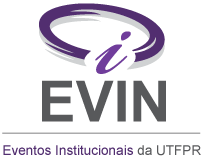Electricity consumption meter for the White Tariff and feasibility study of tariff migration to residence
Abstract
Until the end of 2019, only consumers who had a monthly average above 250 kWh/- month could join the White Tariff in Brazil, however, since January 1, 2020, there is no minimum consumption limitation required. This modality has different tariff values according to the consumption time range, which can bring savings of up to 14.17% in the electric bill at the end of the month if the consumer uses the energy service only during off-peak hours, and due to this possible economy, an increase in the number of customers is expected. However, it is common to question whether it is worth migrating, which depends on each consumption profile, since this modality can also increase the value of the monthly bill by up to 82.14%, if the consumer consumes energy only at peak hours, comparing the tariff values applied by Copel in June 2019. Using a typical residential energy consumption profile, the average is that the White Tariff is around 1.20% more expensive than the Conventional Tariff at the end of the month. Then, an electric energy meter was developed for the White Tariff, whose main objective is to indicate, at the end of a period, which method is more economically advantageous, the White Tariff or the Conventional Tariff, in a residence. The meter was developed based on the IC ADE7753, in which it performs several measurements, among them the active power. ESP82266 NodeMCU was also used to communicate with the IC, carry out the necessary calculations, and send the data to the IoT ThingSpeak platform, where it is possible to remotely monitor the results. The meter was developed to perform the analysis in a home serviced by a single-phase voltage of 127 V, where it was calibrated based on the PZEM-022 meter. In addition to the meter measuring active power, for the calculation of consumption, it also measures the power factor. The meter was on for 7 days in this residence, where residents maintained their common consumption routines. At the end of this period, the result was that the value of the White Tariff was about 0.81% above the value of the Conventional Tariff, indicating that for this residential unit, the migration is not economically worthwhile.
Keywords
Energy meter; White Tariff; ADE7753; IoT
Full Text:
PDFDOI: 10.3895/jaic.v9n1.14305
Refbacks
- There are currently no refbacks.
Copyright (c) 2021 CC-BY

This work is licensed under a Creative Commons Attribution 4.0 International License.
ISSN: 2594-3553





